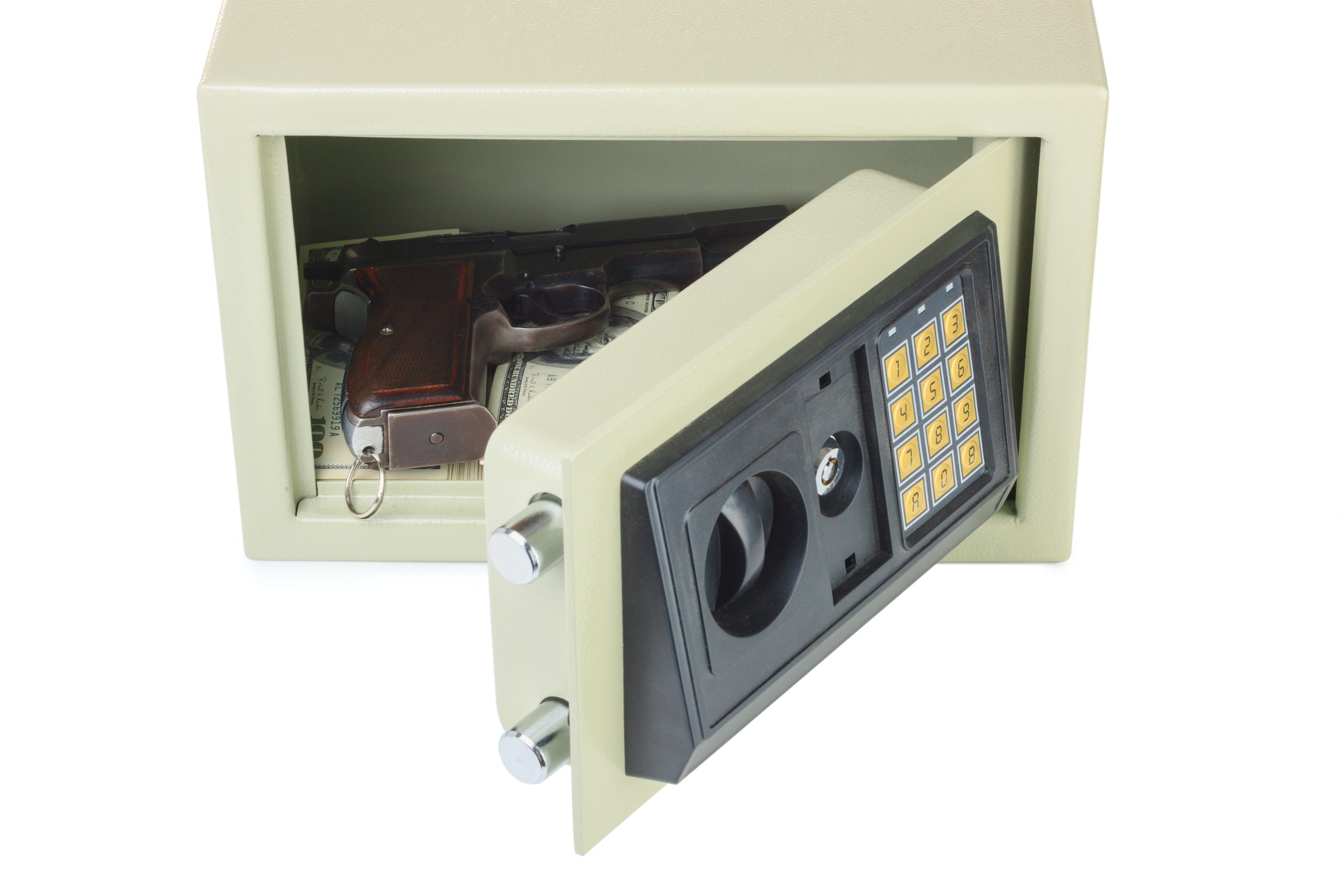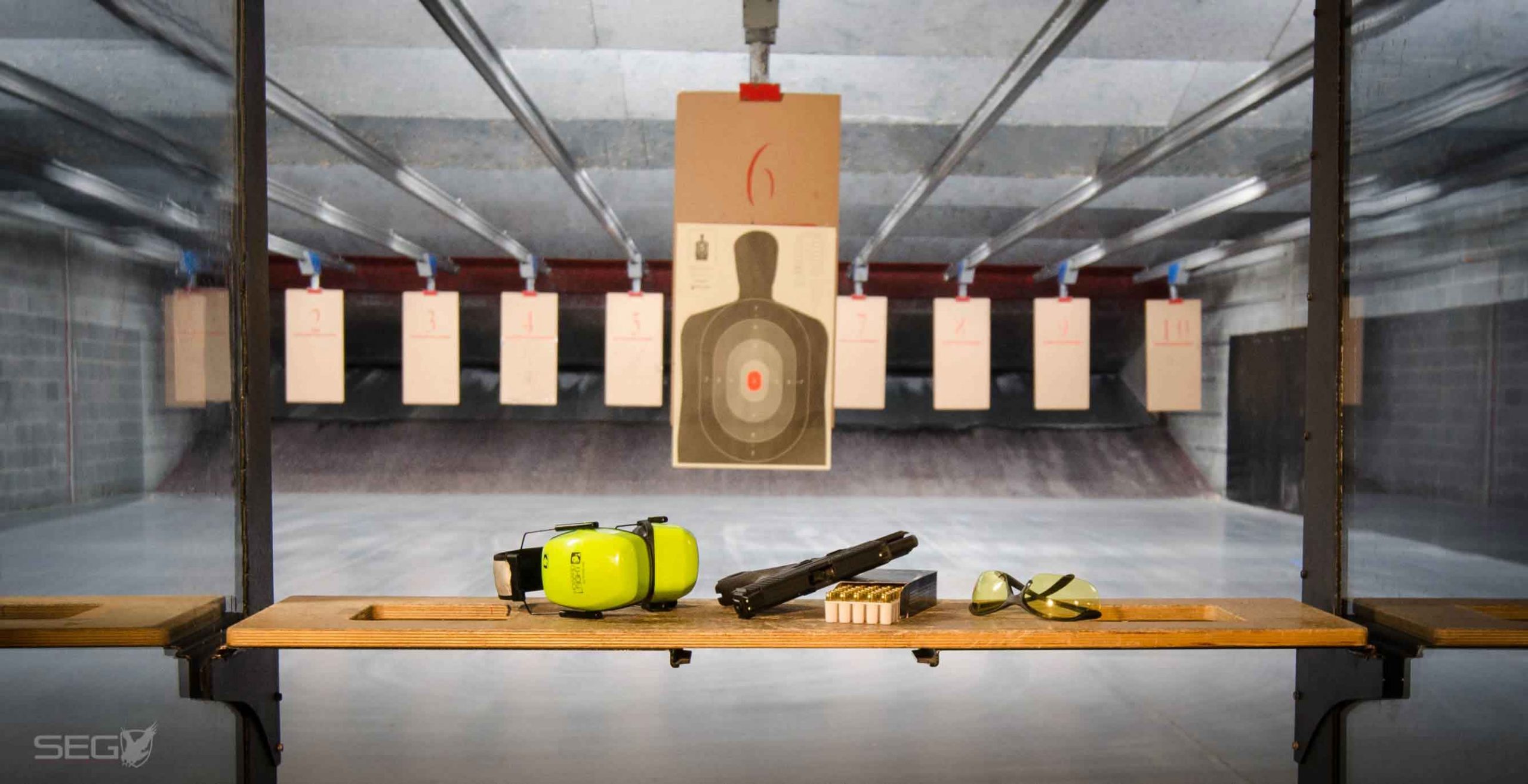![GUN IN A DESK DRAWER E1457236157692 1220×560[1]](https://ccwtrain.com/wp-content/uploads/2016/10/GUN-IN-A-DESK-DRAWER-e1457236157692-1220x5601-1.jpg)
Food For Thought Part II
Food For Thought Part II
So here we are going about our lives at work, school, home or a ballgame and the power goes out. For most of us this is not a major concern as it has happened before, a line is down or a transformer blows and we lose power to a limited area for a short time. We are annoyed but not overly concerned and we start trying to get Information. Is it just our building? The street? The block? The city? Analyzing the information we get is important. Sometimes the lack of information from various sources tells us a lot.
- If your cell phone still works it is probably a very small area affected. If it does not have reception then it is probably more wide spread.
- Your radio is probably your best source of immediate information. Most radio stations have backup generators and will broadcast any emergency information about major outages and whether kids need to be collected from schools etc. However if you cannot receive local or any radio stations it is a good indicator that the problem is much more widespread. Most of us have a Car with a radio but a Crank or battery operated radio is an essential item. Crank radios are the better choice as you do not need a power source.
- Utility companies will usually send a truck out to broadcast local outages. Police and Fire broadcasting it usually means it is more significant.
So assuming in our scenario that it is a fairly widespread outage we have to get from where we are to collect our family and get home. This is where Gasoline becomes important. If you are like most of us you fill your tank up then run it till you need to fill it again. After all who wants to spend time going to the gas station every day and topping off your tank. Murphy’s Law states that “If anything can go wrong it will and at the worst possible time”. Today the power went out over a large area and you have to get home and collect kids from schools and you have and almost empty tank. None of the gas stations work all the traffic signals are out traffic is a nightmare and you are probably going to have to take many detours to get where you need to go. Keep your gas tank topped off and invest a few dollars in a hand siphon and some tubing. Also consider storing extra gas at home in case you need to evacuate at a later date (stored gasoline should be rotated out regularly as it tends to degrade over time).
So you had enough gas to get everyone home with some to spare now you have to take stock of your situation. This is where your emergency Cash comes into play. You have a very small window in which you can probably still buy certain supplies and items. Stores cannot take credit cards, ATMs don’t work and the Banks will be closed. Some stores will stay open and take cash (usually the ones with perishable items). Even if you have stocked up for an emergency such as this one now is the time to up your stockpile with items you can use or barter with at a later date. Cash quickly loses its value in a long term survival situation. Barter becomes the currency of survival. Our group consensus was between $200 and $500 was sufficient in small bills (Anything over that we keep in Silver Coins).
So far so good we are all safely home and we managed to purchase some extra supplies with some of our emergency cash. Now we have to take stock of our Water situation. The water may or may not still be flowing, even if it is we cannot trust it is safe for consumption or that it will continue to flow. We need to keep an additional supply of drinking water on hand. So how much do we need? There are many variables such as climate, health, body weight and amount of activity you will be doing. As a general rule you will need half a gallon per person per day to drink. Ideally we will have stockpiled drinking water either bottled or bulk stored in advance. If we have not then we must utilize some alternative sources.
- If the water is still running fill clean (preferably new 40 Gal plastic trash cans (or any other receptacles we have) and keep covered in cool dark place.
- Swimming pools are a great source of water even the salt water type.
- Ponds and Streams.
- Rain Collection.
Water from these sources will need to be treated prior to drinking. There are several different methods we can employ either individually or combined to render them safe to drink (Bleach, Filtration, Boiling, Pasteurization and Distillation are but a few).
So we have our water situation in hand our next consideration is Food. Most of us have at least a few days’ worth of food in our pantry’s and fridge/freezer. Perishables and frozen foods will only keep for about three days once the power is out so these should be consumed first. If you have more than three days’ worth in your fridge/freezer you should eat as much of it as you possibly can. Your body can store the extra calories and you will be glad of them later.
How much food should I have in my emergency supply? In short it’s not the quantity as much as the quality. Your body needs food but not all foods are equal. Your body needs lots of different types of nourishment not all of which can be found in survival foods. Calories are important. The average number of calories for a maintenance diet (No weight loss) is Male 1500/day Female 1200/day. Our consensus was that we should have 30 days’ worth of Food on hand. That is about the most we would be able to carry if we had to Bug Out and the minimum we would need if we planned to sit it out.
We looked at a selection of prepackaged survival foods and were horrified to find that most of them provide between 400 and 500 calories per day and they all need additional water to prepare. That’s about the equivalent of two chocolate, peanut butter granola bars a day. Having taken part in many survival exercises between us we agreed that though you may well be alive after 30 days of that kind of diet, the average person will be next to useless for any kind of physical or mental exercise after about a week, especially as you will probably be doing much more physically than you normally do just to meet your daily survival needs.
We did a little comparing (we used Walmart) and found that we could provide twice the caloric intake a much more varied diet and added vitamins and minerals by purchasing canned goods and bulk bags of pasta and rice (We even included a few luxuries like instant coffee, spices and hard candies)for half the cost. Admittedly they are heavier, take up a bit more space and may not still be edible in 20 years. However as they are products we use normally they can be rotated through on a weekly basis so shelf life is not as big an issue, water requirements are minimal and most could be eaten straight from the can no cooking required. Just remember to have a can opener.
(to be continued)



![Fire[1]](https://ccwtrain.com/wp-content/uploads/2016/10/fire1-1.jpg)